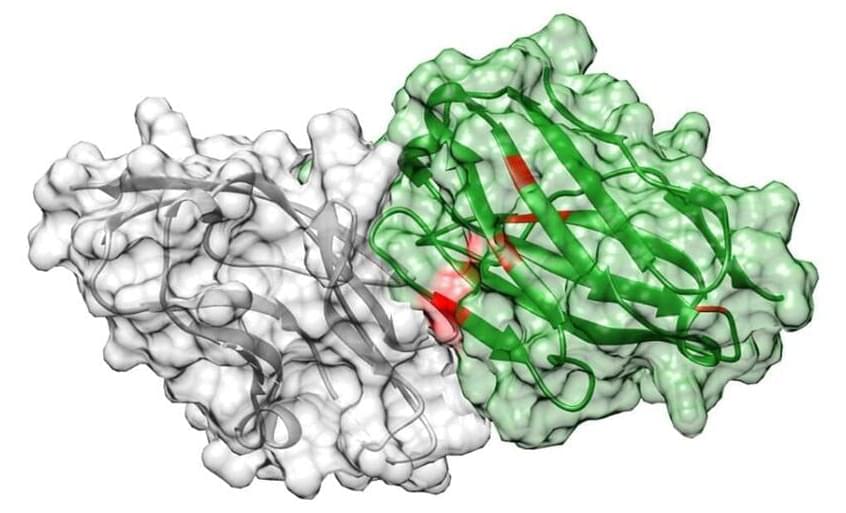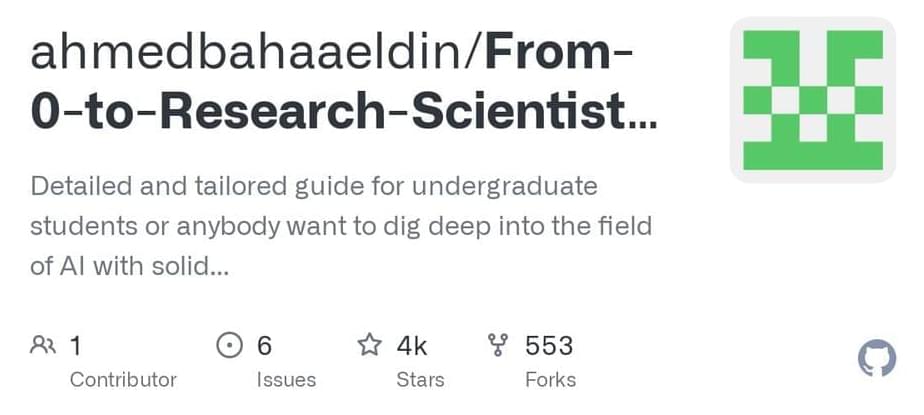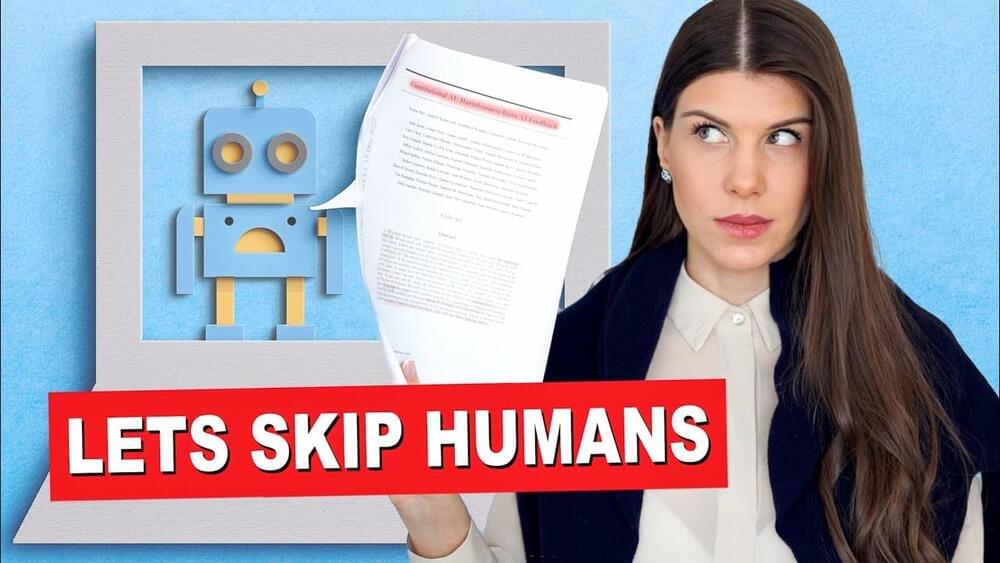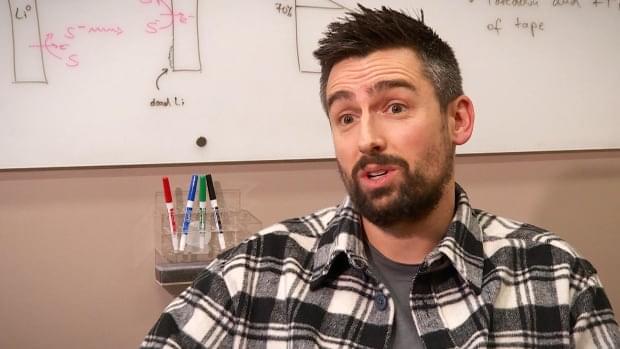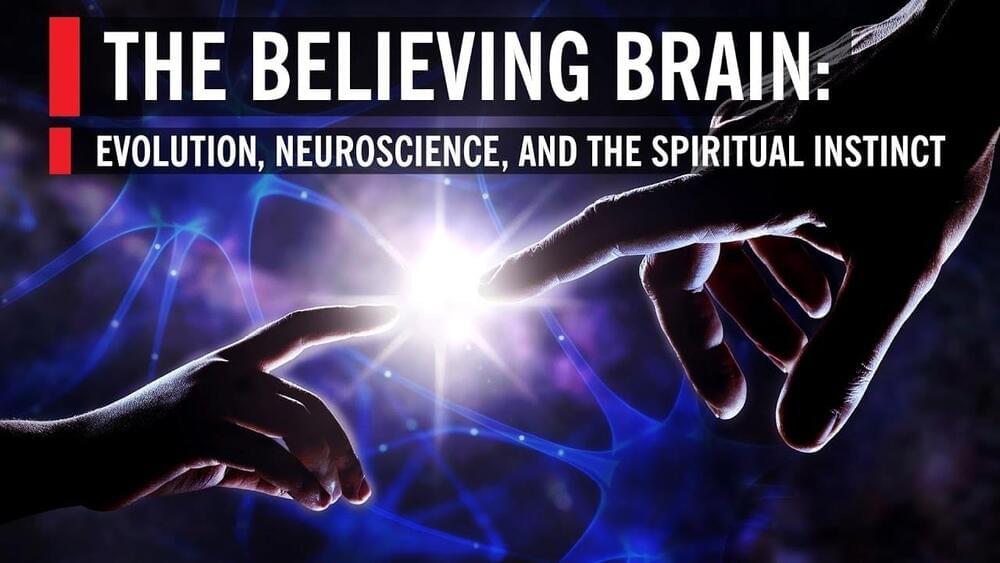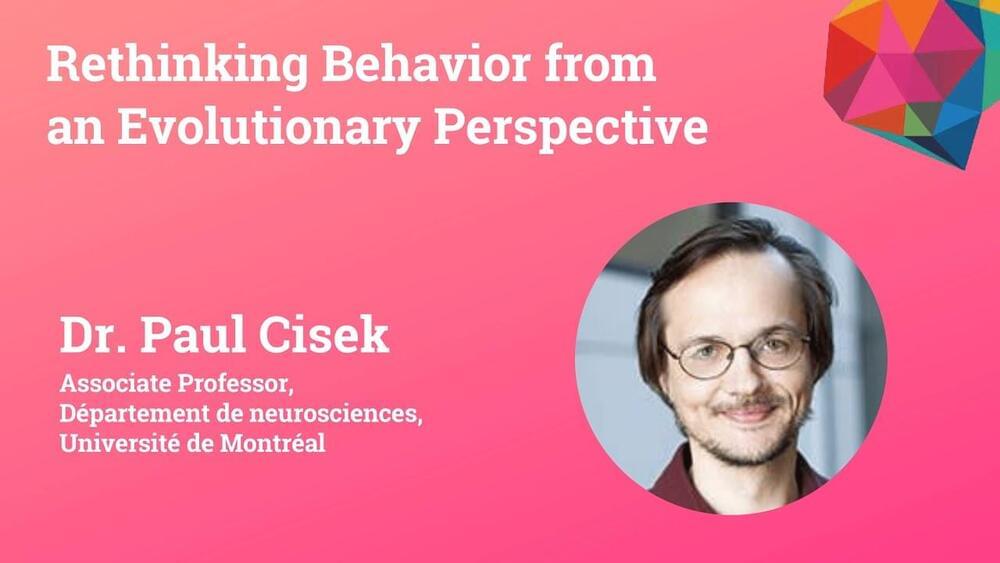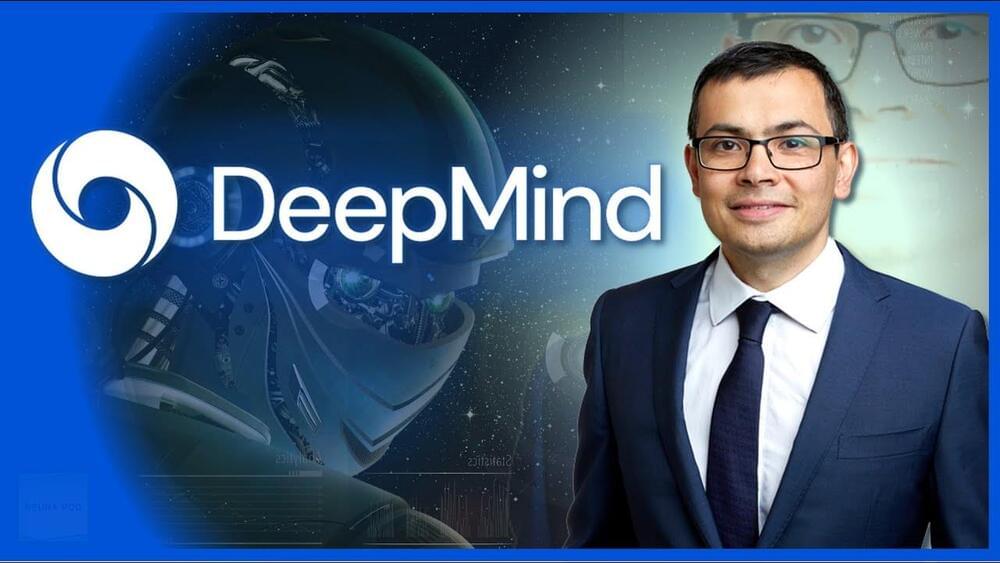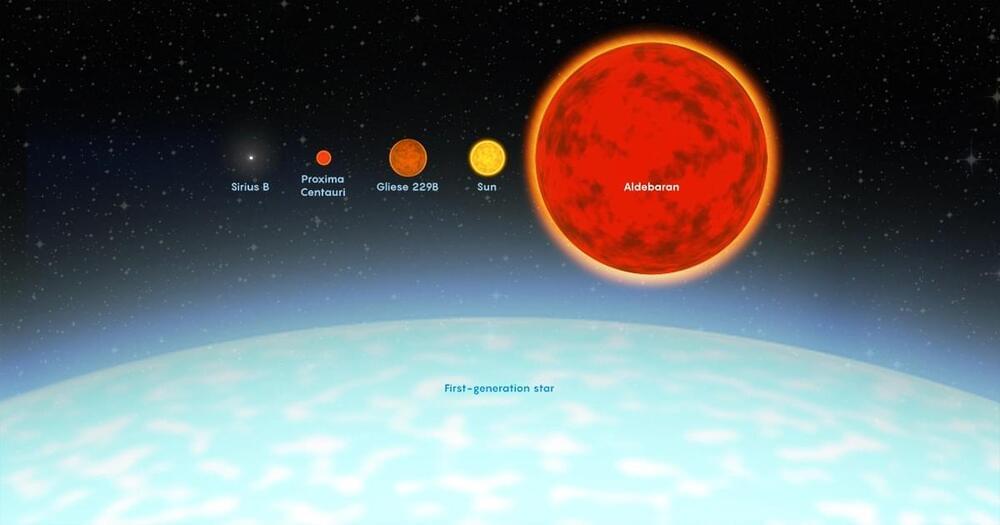Jan 31, 2023
Artificial intelligence aids discovery of super tight-binding antibodies
Posted by Jose Ruben Rodriguez Fuentes in categories: biotech/medical, robotics/AI
Scientists at University of California San Diego School of Medicine have developed an artificial intelligence (AI)-based strategy for discovering high-affinity antibody drugs.
In the study, published January 28, 2023 in Nature Communications, researchers used the approach to identify a new antibody that binds a major cancer target 17-fold tighter than an existing antibody drug. The authors say the pipeline could accelerate the discovery of novel drugs against cancer and other diseases such as COVID-19 and rheumatoid arthritis.
In order to be a successful drug, an antibody has to bind tightly to its target. To find such antibodies, researchers typically start with a known antibody amino acid sequence and use bacterial or yeast cells to produce a series of new antibodies with variations of that sequence. These mutants are then evaluated for their ability to bind the target antigen. The subset of antibodies that work best are then subjected to another round of mutations and evaluations, and this cycle repeats until a set of tightly-binding finalists emerges.
